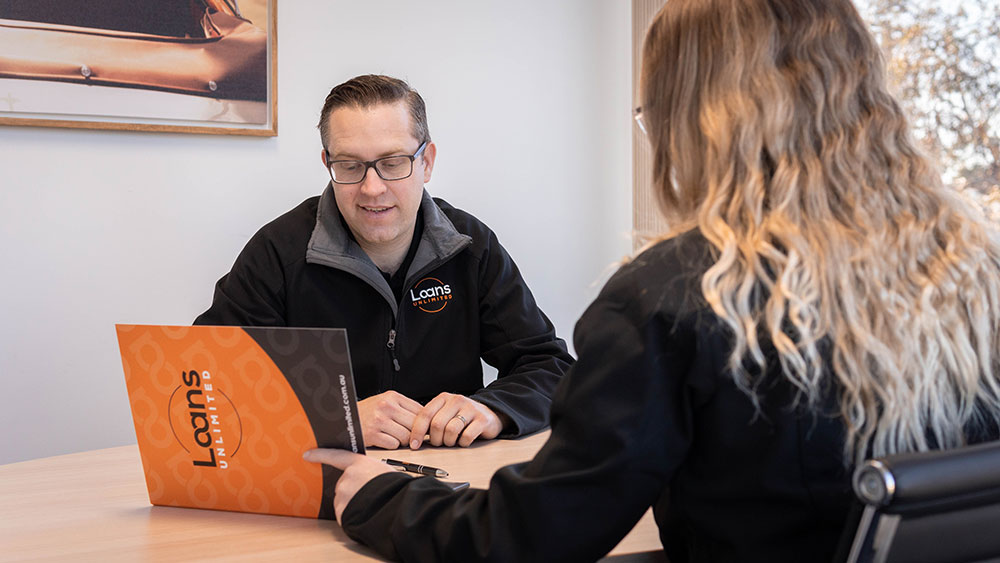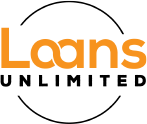For many Australians, loans are quite daunting, especially their application process. But loans have become a part of most people’s lives. When you want to purchase a house, you get a mortgage. When you shop for a car, you can get a loan to pay for it in cash.
Although negotiating finance is not everyone’s favourite thing to do, even though getting a loan is your ticket to purchasing the house or car of your dreams.
There are different types of loans, though. And it can be confusing if you do not know which one suits you. The first step towards getting the right loan is to determine what the loan is for. Why do you wish to apply for a loan? Each person has a different reason why they take out a loan and yours may be for:
- A big purchase
- New home and moving to it
- Wedding or any special event
- Home renovations and repairs
- Credit card debt
- Emergency or medical funds
- Holiday
- New car
- Car maintenance and repair
- Starting a business
- Funding office equipment purchases
In Australia, the biggest reason why people borrow money from lenders is for housing. More than 80 per cent of households had a mortgage loan in 2003.
Once you know why you need to take out a loan, it will be much easier to narrow down your search. But which type of loan should you go for? It pays to know your options, which include:
- Personal LoansOut of all the types of loans available, a personal loan is probably what you are most familiar with. When you need to borrow cash for personal use, you usually seek a personal loan. This type can either be secured or unsecured.Both have their pros and cons. A secured personal loan offers lower interest rates, but you need to provide collateral. This requirement gives security to the lender, especially if you are a high-risk borrower. Unsecured is the opposite. An unsecured personal loan has a higher rate, but the repayment time is usually shorter. Therefore, you can repay it off quicker than a secured loan.
- Car FinanceAs the name suggests, this type of loan involves a car purchase. It is often considered a form of personal loan, simply because you will use it to fund a private expense. However, it is not as flexible as a personal loan since you are required to buy a car or pay for one to get a loan. The lender usually opts to use the vehicle as collateral, although you can also find an unsecured car loan.
- Leisure FinanceIf the vehicle you want to purchase is not a car, you can choose leisure financing instead. This type is also known as a recreational loan, which involves buying a leisure vehicle. Some examples include a caravan, boat, and motorbike, which you pay off through the borrowed funds.
- Commercial FinanceWhen you need money for a car or equipment purchase for your business, commercial loans are an option. The amount that you can borrow is usually much larger than a personal loan. Some lenders also require more documents that prove you run a business, for example.
- Lines of CreditThis type of loan works differently from the others mentioned above. A line of credit involves an agreement between you and the bank or lender where you get access to a certain amount of credit. You can use a portion of the amount whenever necessary. Usually, you will also need collateral, such as your home or car.

How to Get the Best Deal
Let us say that you know what the loan is for and which type is suitable for you. The next step now is to find the best deal. Unfortunately, this is where the process gets tricky. You will soon discover that you have so many choices. Some offers are attractive at a glance, but you have to look deeper to know what they are truly about.
Here are some tips that will help you prepare for a meeting with lenders and uncovering the best loan options:
- Shop around to get the best interest rate.The first loan product you find is not always the finest offer out there. Most lenders will claim they have a good deal for you. You need to look around first to make sure you get the best rates. It will take some time and a ton of research before you usually find excellent selections. But the effort is worth it.Many borrowers do not know an interest rate can either be fixed or adjustable (variable). When the loan has fixed interest, it means the rate will not alter throughout the life of the loan. Variable rates mean they can change based on the market.
It does make sense that some borrowers avoid variable rates. A fixed interest rate makes planning repayments much easier. However, a variable rate means it can decrease with the market’s conditions. Of course, there is also a possibility that the rate will increase, too.
If you are not keen on surprises, it may be better to go for a fixed-rate loan. But if you are okay with the risk and you want a lower rate at the beginning, variable-rate loans may be for you.
- Read the fine print.One thing that many Australians do is skip reading the terms and conditions of the loan. Unfortunately, this habit is a huge mistake. It does take a while because the fine print can be lengthy. But you should always read this document; otherwise, you could end up dealing with pitfalls, including hidden costs and late fees.Also, if there is anything you do not understand, always ask the lender before you sign. The terms will differ from one financial institution to another. You want to make sure that you agree with the conditions, including the monthly payments and fees.
- Know the loan term or duration.How long is the loan term? It can be anywhere from 10 years, three months, two weeks, or 30 years – it all varies. The loan term is the life of the loan, meaning it tells you how long you need to keep paying. The loan term affects different parts of the agreement, including the interest rate, your monthly payments, including both interest and principal, and the interest to pay over the life of the loan.When you choose a shorter-term loan, you will need to make higher payments each month. A quicker loan, however, has lower interest rates. Therefore, the total cost of the loan is much lower.
Meanwhile, if you are more comfortable with a longer-term loan, expect your monthly payments to be less, but the interest and total cost will be higher.
- Look at the features.Low-interest rates should not be the determining factor when taking out a loan. You should also see if the loan has fees, such as when you wish to repay it faster. Although it is not always possible, find a loan with soft credit checks. These checks do little to no damage to your credit rating.
- Take care of your credit history.Contrary to popular belief, you do not need to have a perfect credit record. The vast majority of private lenders now accept borrowers with bad credit.However, when you have good credit, you can have more options. Most lenders will be more than willing to offer you a loan. On the other hand, a poor credit score reduces the available choices, since many lenders do not want the risk. Also, it can be difficult to get approved. Some lenders will not let you apply unless you choose a secured loan.
You can build good credit by making repayments for your other loans on time. You should also pay your bills without delay and avoid sending a lot of loan applications to different lenders.
- Pre-qualify for a loan.Pre-qualifying for a loan gives you an interest rate estimated by the lenders themselves. They will first look at your credit, which is only a soft check. Therefore, it will not affect your credit score. When you are pre-qualified, you have a higher chance of getting approved for the loan you want.
- Banks are not your only options.For several decades, banks were the go-to for people who needed to take out a loan. In fact, Australian banks dominated the lending sector, with 86% of consumers trusting them in 2010. However, it fell to 72% just eight years later. Research even claimed that a third of Australian millennials do not trust banks at all.You have many choices these days, including an alternative lender. Some lenders will provide you with more options, including low-doc loans, which do not require submitting several papers. In most cases, applying for a loan with a bank means you need to provide numerous documents, including proof of identities, such as passport, birth certificate, or driver’s licence and proof of address.
The requirements will, of course, vary from lender to lender. However, many of them will ask for employer and income details, such as bank statements and tax returns.
Make No Mistake
Before you get a loan, it makes sense to understand your responsibilities as a borrower. You have to repay the amount borrowed for the agreed duration.
As much as possible, you should take out a loan only when you have found the best deal. Look for a loan with manageable monthly payments, so that you never have to deal with repayment stress.
You should also consider all factors, including the interest rate and repayments. You can use our loan calculator to get estimated weekly or monthly payments.
Loans Unlimited can offer the advice you need, get in contact with us today!



